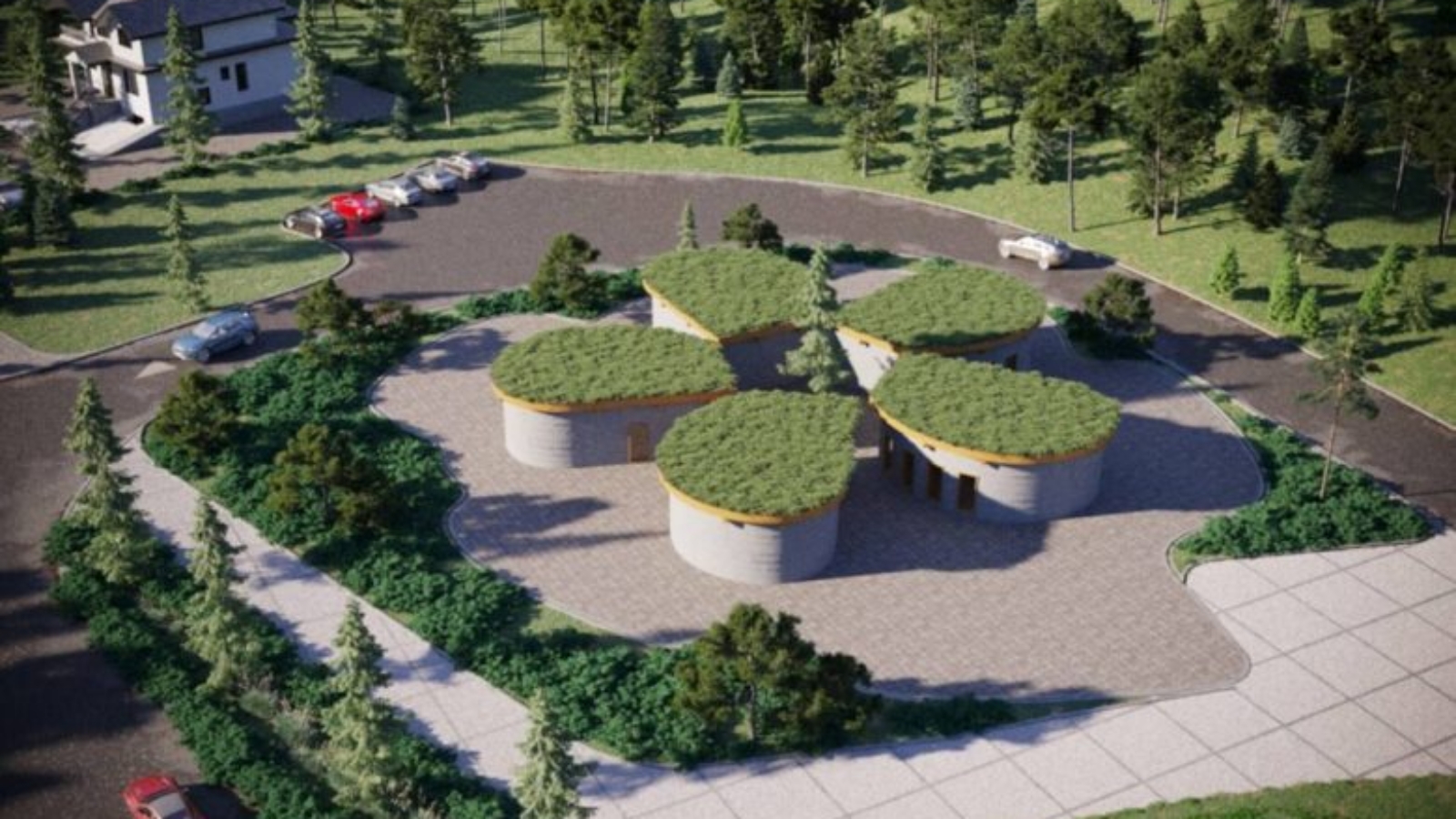World Housing and Twente Additive Manufacturing (TAM) collaborated with other companies in British Columbia, Canada, to construct a 3D-printed affordable community. The project will be located in Nelson, B.C., where there is a great need for housing and the support needed from the local community and government. It is also the hometown for TAM.
TAM and World Housing are creating long-term sustainable changes to address the growing homeless issue in Canada and in many other Western countries. They will prove their design concept in Nelson. The companies will branch out to other communities across Canada once their concept is proven.

The benefit of 3D printing technology is the ability for printers to build onsite in remote areas where traditional construction techniques are prohibitive. The secondary goal of this first project is to showcase the unique capabilities and potential of 3D printing technology as an alternative to traditional construction methods. The potential to print less expensively, more efficiently, and with less waste are key benefits that accrue as the technology is advanced. This development will also provide the important benefit of on-site construction for future affordable housing in remote indigenous communities.
World Housing and TAM built a consortium of local expertise to bring the project to life. One of Nelson’s leading civil engineering firms, Effistruc Consulting Ltd., has developed a reputation as the go-to firm for unique structures. Effistruc built the first 3D-printed home in Canada to be approved under a provincial building code.
Manufacturing on Demand
Alterativ Design built on Effistruc’s success in cooperation with TAM to create the design for a unique and purpose-designed multi family compound. This design for the nation’s first 3D-printed affordable village was chosen as a great fit for Nelson’s topography. Alterativ will be an integral part of the design development team for World Housing’s future 3D printed home projects.

Twente Additive Manufacturing has already begun a joint research project with the University of British Columbia. Cristina Zanotti, Ph.D., of the UBC Civil Engineering Department is working alongside the TAM team and one of UBC’s Mechatronics Students, Parsa Khodabakhshi.
You might also like:
Proto21 3D prints 32-meter facade for adidas flagship store in Dubai: According to Proto21’s Founder and CEO Pir Arkam (in the center in the photo below), this is the largest 3D printed model ever produced in the Middle East (hard to argue with that, even if we do include 3D printed buildings) and for sure the largest modular 3D printed object. Each of the 1,008 pieces that compose the facade measures 200x200x180 mm and the entire project required 20,160+ hours of continuous printing. This means that a single printer would take over 28 months to complete it.
* This article is reprinted from 3D Printing Media Network. If you are involved in infringement, please contact us to delete it.
Author: Adam Strömbergsson


Leave A Comment